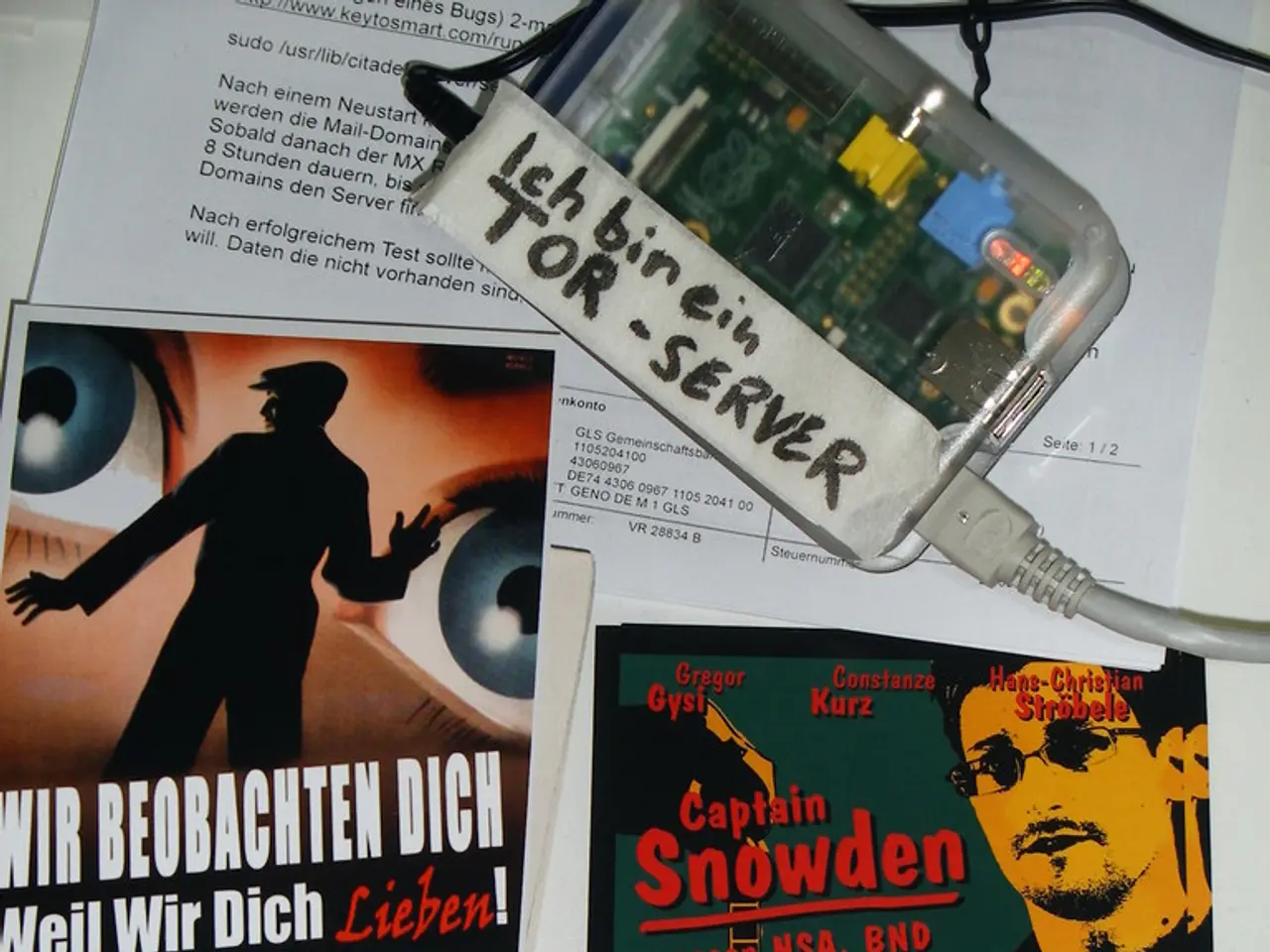Submit Your Experience: AI Expediency in the Workplace Accounts
## The New York Times Seeks Real-World AI Stories Across Industries
The New York Times is on a mission to explore the far-reaching impacts of Artificial Intelligence (AI) in today's workplaces. As AI continues to reshape the landscape of various sectors, the publication invites contributors to share their experiences and insights.
Participation in this initiative provides an opportunity to have a voice in the public conversation about the future of work and technology. By submitting their stories, individuals can help address the gap in internal policy and AI-related education, while also revealing how AI is shaping diverse fields beyond the typical corporate focus.
### AI in Action
From healthcare to media, finance, and beyond, AI is being integrated into numerous job roles and industries. Here are some real-world examples of AI use in different sectors:
#### Healthcare
- Radiology and diagnostics: AI algorithms assist radiologists in analysing medical images, such as X-rays and MRIs, to detect abnormalities like tumours faster and sometimes more accurately than humans. - Drug discovery: AI tools accelerate the process of identifying potential drug candidates by analysing vast datasets of chemical compounds and biological data.
#### Retail and Customer Service
- Personalised shopping experiences: AI-driven recommendation engines customise product suggestions for shoppers online based on their browsing and purchase history. - Virtual assistants: Chatbots and voice assistants handle common customer inquiries, reducing wait times and freeing human agents to tackle complex issues.
#### Finance and Banking
- Fraud detection: AI systems monitor transactional data in real-time to flag suspicious activities and potential fraud. - Algorithmic trading: AI algorithms execute trades at high speed based on data analysis, market trends, and predictions.
#### Transportation and Logistics
- Autonomous vehicles: Self-driving cars and trucks use AI to navigate roads, optimise routes, and improve safety. - Supply chain optimisation: AI analyses inventory levels, demand forecasts, and delivery routes to improve efficiency.
#### Manufacturing
- Predictive maintenance: AI monitors equipment conditions and predicts failures before they happen, reducing downtime. - Quality control: Computer vision systems inspect products for defects on production lines faster and more consistently than human inspectors.
#### Media and Journalism
- Automated reporting: AI tools generate basic news reports, such as sports scores or financial earnings summaries. - Content personalisation: News platforms use AI to tailor stories and headlines to readers’ interests.
#### Human Resources
- Recruitment: AI sifts through resumes and ranks candidates based on job fit. - Employee monitoring: Some companies use AI to analyse employee productivity patterns and engagement.
### Sharing Your Story
The New York Times is particularly interested in perspectives from a wide range of job roles and industries, including manufacturing, HR, education, and freelancing. If you have a unique story to share about AI usage in the workplace, the publication would love to hear from you.
Submissions will not be published with names unless written permission is provided. Marketing teams, software developers, healthcare administration, education professionals, and many others are using AI in their work. Stories will help capture the ethical, professional, and economic implications of AI integration in day-to-day tasks.
Submissions will inform ongoing journalism exploring the impact of AI across different sectors and job roles. The New York Times is gathering real-world stories about AI usage in the workplace, and may follow up for additional details prior to publication. This is a voluntary opportunity to contribute to independent journalism by The New York Times.
Related coverage includes articles on how employees are using ChatGPT at work, the ethics of AI, new AI labor regulations, and how employers are deploying AI and its implications for job roles. If you'd like, I can provide specific New York Times articles or case studies for any of these uses! Would you like examples with dates or more detailed scenarios?
Technology continues to play a significant role in the integration of Artificial Intelligence (AI) across various industries, as shown in the examples provided. Stories about AI usage in the workplace, particularly from sectors such as manufacturing, HR, education, and freelancing, would help capture the real-world impact of AI on daily tasks, contributing to The New York Times' ongoing exploration of its far-reaching effects.




